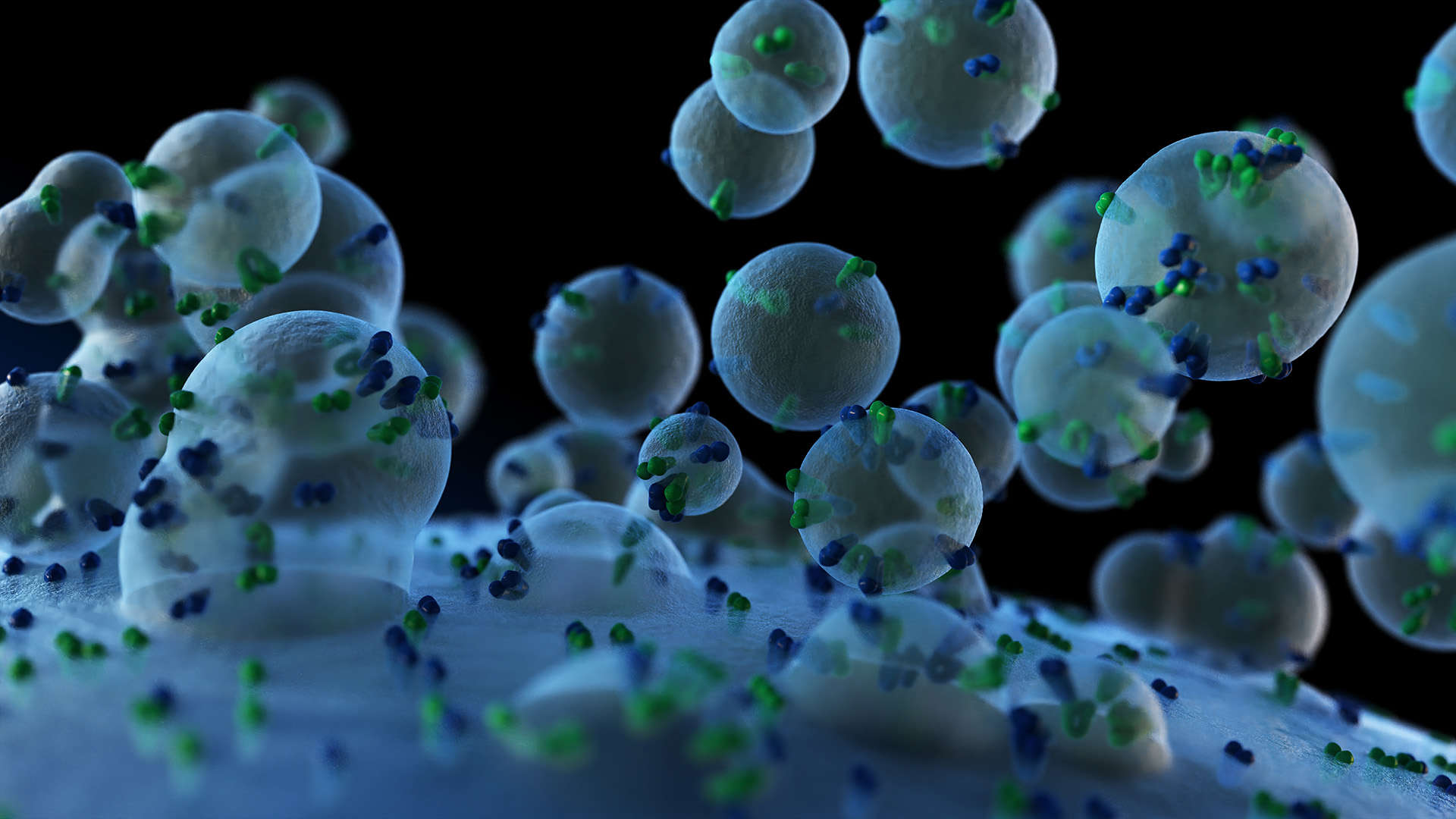Organelle Isolation and Protein Purification
Online InquiryThe separation of organelles and the separation and purification of subcellular structural proteins is an important step in the study of specific intracellular structures, organelles, proteins or the evaluation of the interconnections between these macromolecular structures. As a good partner of pharmaceutical companies and research institutions, Creative Proteomics has extensive subcellular proteomics experience to help you isolate and purify organelles and their proteins to accelerate your researches.
Advantages of Organelles and Subcellular Structural Proteins Isolation and Purification
- Rich experience in organelle isolation and purification.
- For organelles with double-layer membrane structure, inner and outer membrane proteins can be extracted separately.
- The optimized protein extraction strategy increased the extraction purity by 10-20%.
- We will conduct purity verification tests to ensure that the isolated protein reaches the target purity, otherwise there is no charge.
We Provide Isolation and Purification of the Following Organelles and Subcellular Structural Proteins:
1. Mitochondrial and Mitochondrial Protein Isolation and Purification
We used optimized differential centrifugation to obtain pure mitochondria. In addition, we also provide isolation and purification of mitochondrial proteins to help you obtain high purity mitochondrial proteins for subsequent research.
2. Nucleus Isolation and Nuclear Protein Purification
We have two nuclear separation and purification strategies: sucrose density gradient centrifugation and another fast, efficient, and practical method (REAP). The REAP method separated the total cytoplasm and nuclear components with little or no cross contamination in less than 5 minutes. In addition, we can use low permeability lysis buffer to extract nuclear protein quickly.
3. Chloroplast and Chloroplast Protein Extraction
The broken and intact chloroplasts can be separated by the optimized three-layer sucrose density gradient centrifugation method. In addition, chloroplast proteins can be extracted by TCA/ acetone precipitation and phenol extraction.
4. Endoplasmic Reticulum Isolation and Endoplasmic Reticulum Membrane Protein Purification
Density gradient centrifugation is used to remove nuclei, cell debris, mitochondria and lipids to obtain the mitochondrial fraction. A discrete sucrose concentration gradient is then used to separate the crude ER or smooth ER. In addition, an optimized method combining differential and percoll gradient centrifuges can be used to extract endoplasmic reticulum membrane proteins.
5. Cell Wall and Cell Wall Protein Extraction
Plant cell walls can be obtained by low-speed centrifugation; Gram-negative / positive bacteria or fungi can be easily separated from cytoplasm and membrane components by differential centrifugation after homogenization of cells. Nondestructive techniques and destructive techniques can be used to extract cell wall proteins.
6. Plasma Membrane and Membrane Protein Extraction
Density gradient centrifugation, ion exchange chromatography, gel filtration, lectin chromatography and various forms of affinity chromatography are available. Both integral membrane proteins and peripheral membrane proteins can be extracted and purified.
7. Golgi Apparatus and Golgi Protein Extraction
Golgi stacks can be separated and purified by differential or density gradient centrifugation. Optimized discontinuous sucrose gradients or spontaneous iodinated xanol gradients can separate dextran-free Golgi stacks. In addition, we also provide Golgi protein isolation and purification services.
8. Centrosome and Centrosome Protein Extraction
Sucrose gradient centrifugation, Ficoll gradient centrifugation, or combination is used to separate centrosomes. Depending on the purpose and focus of the study, we also provide an immunomagnetic isolation procedure to improve the purity of centrosomes.
9. Peroxisome Isolation and Purification
There may be different separation strategies for peroxisomes in animal tissue cells, yeast, or plants.
10. Exosome Isolation and Purification
Sucrose gradient centrifugation, polymer-based exosome enrichment method, immunomagnetic bead method and size exclusion chromatography can be provided.
Creative Proteomics can provide separation and purification services for the above organelles and organelle proteins. If you want to learn more about our services or have other organelle separation and purification needs, please contact us.
* For Research Use Only. Not for use in diagnostic procedures.



